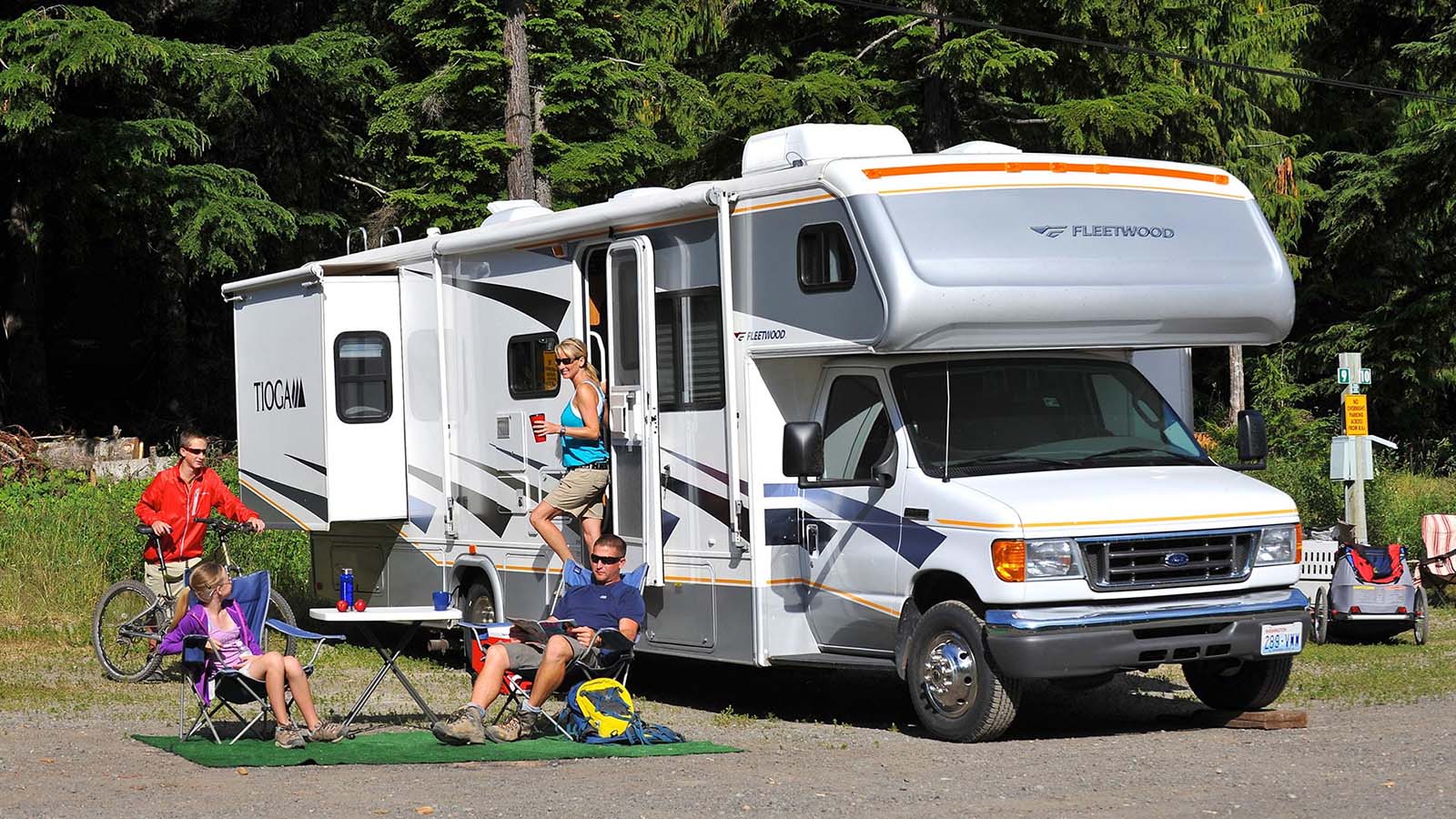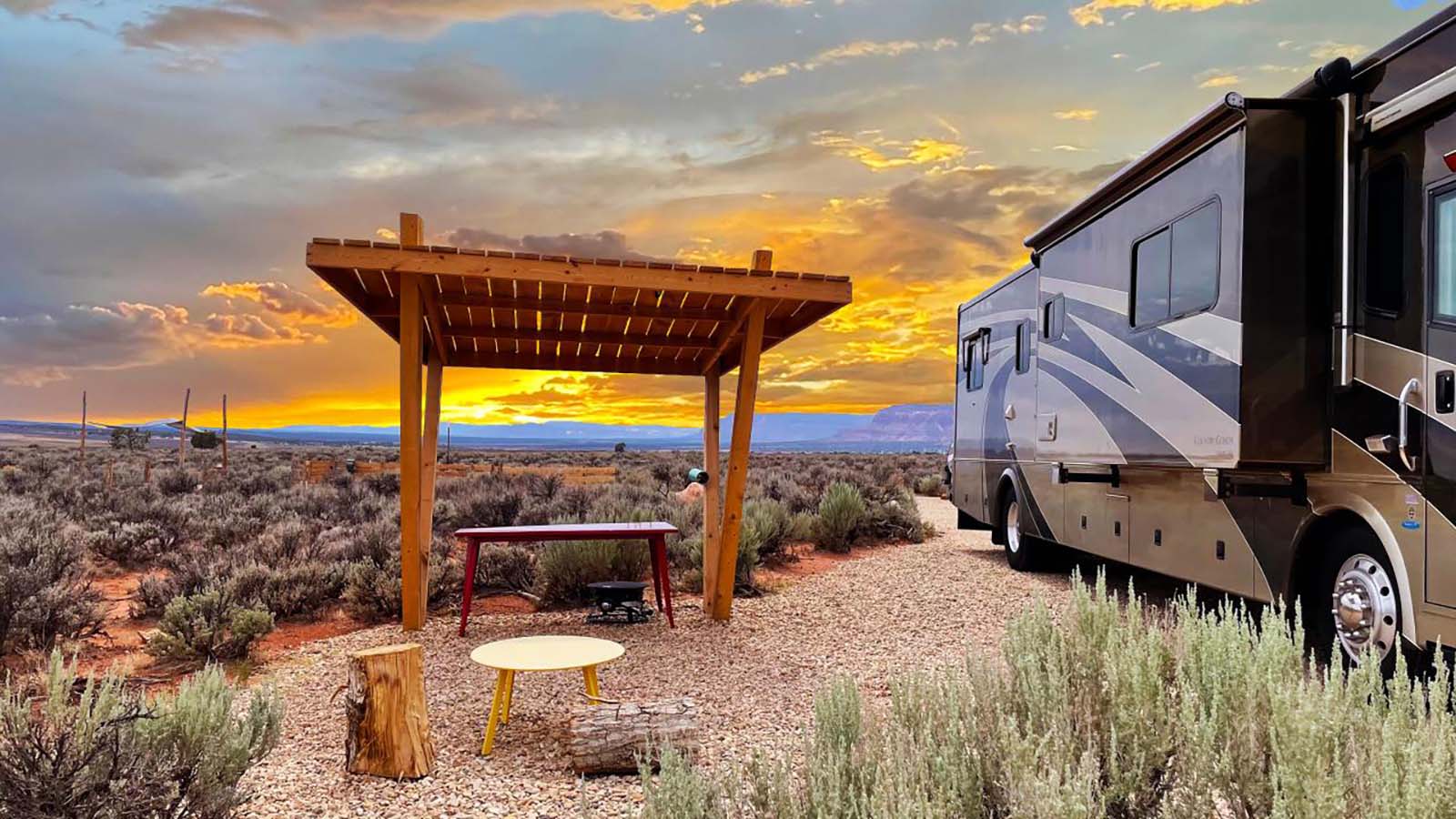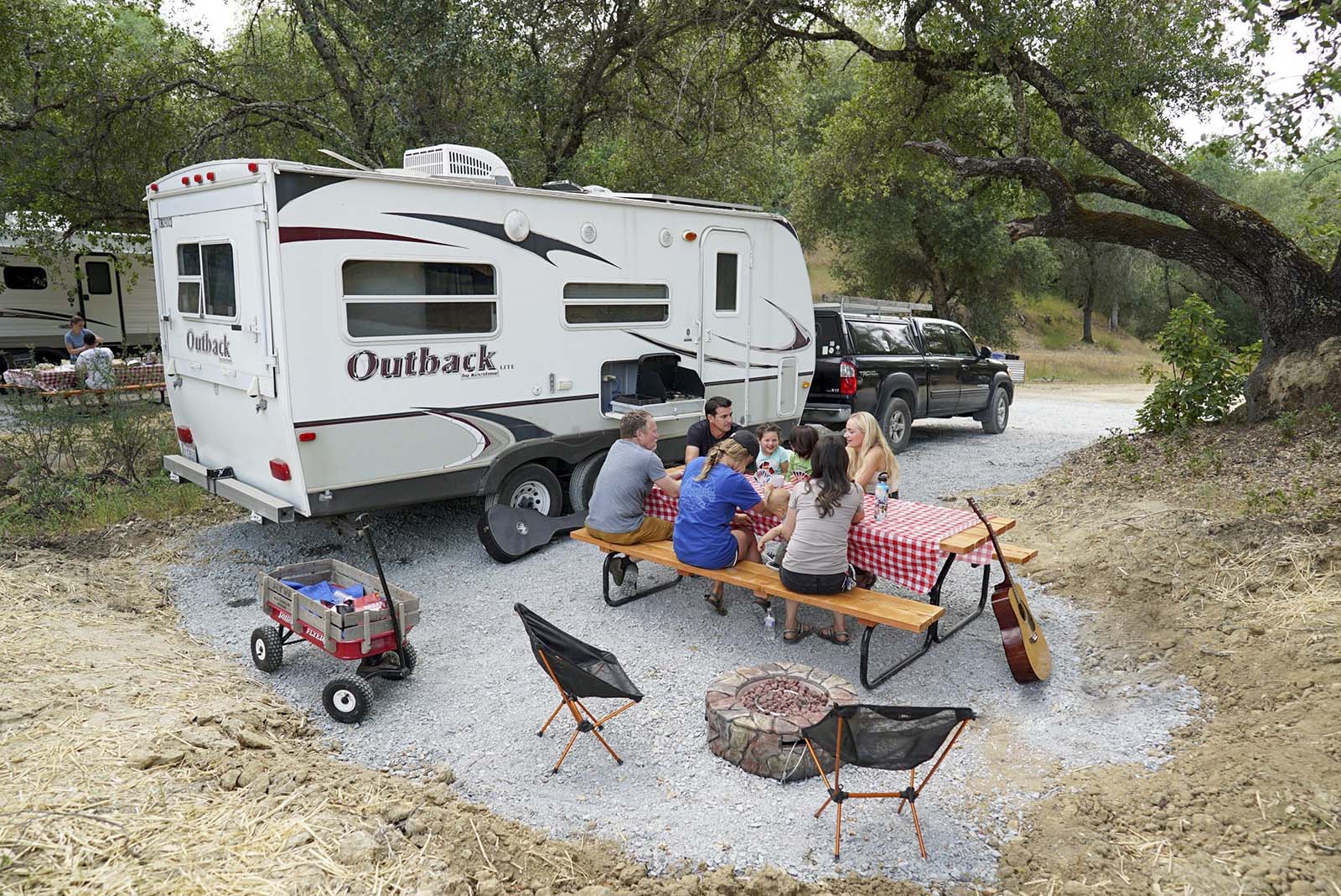Title: Adding a Second Battery to Your RV: A Comprehensive Guide

Introduction: In today’s busy world, RV owners are increasingly relying on their vehicles for long-distance travel and extended adventures, making it essential to ensure a reliable power supply. Adding a second battery to your RV is a prudent choice that provides peace of mind and extra power when needed. In this article, we will guide you through the process of adding a second battery to your RV, highlighting important considerations along the way.
H2: Why Should You Consider Adding a Second Battery? Installing a second battery in your RV offers various advantages. Firstly, it provides increased power capacity, allowing you to run more appliances and gadgets without worrying about draining the primary battery. Additionally, a dual battery setup ensures a backup power source, reducing the risk of being stranded in remote locations with a dead battery. This upgrade is particularly valuable for avid boondockers who frequently camp in places without access to electricity.
H2: Choosing the Right Battery for Your RV Before proceeding with the installation, it’s crucial to select the appropriate battery for your RV. Consider factors such as battery type, capacity, and maintenance requirements. Deep-cycle batteries, like AGM or lithium options, are ideal for RVs since they can handle a consistent discharge and recharge cycle without compromising performance. Additionally, ensure the battery’s capacity matches your power demands for a satisfactory camping experience.

H2: Essential Tools and Materials Needed To successfully install a second battery in your RV, gather the following tools and materials: 1. Deep-cycle battery 2. Battery box 3. Battery cables or wiring kit 4. Battery isolator or separator 5. Wire cutters/strippers 6. Wrench set 7. Screwdriver set 8. Terminal cleaner and protection spray 9. Mounting brackets (if necessary) 10. Cable ties and electrical tape for securing and organizing wires.
H2: Step-by-Step Installation Process 1. Choose a suitable location to mount the second battery, ensuring it is secure and protected from external elements. 2. Install the battery isolator or separator between the two batteries to prevent energy flow between them, preserving the charge of your primary battery. 3. Connect the batteries using appropriate-sized cables and secure them tightly. It’s crucial to follow the proper polarity (negative to negative, positive to positive) when connecting the batteries. 4. Position the batteries in a battery box for additional protection, and mount it securely using brackets if required. 5. Double-check all connections and cables to ensure they are properly secured and insulated. 6. Test the new connection by starting your RV and verifying that both batteries are charging and discharging effectively.
H3: Additional Considerations 1. Consult your RV’s owner manual or consult a professional if you are unsure about any aspect of the installation process. 2. Regularly check the battery voltage and maintain proper charge levels to prolong their life. 3. Consider installing a battery monitor to keep track of battery usage and health. 4. Seek professional assistance for a seamless installation if you lack the necessary skills or knowledge. 5. Follow safety precautions, such as wearing protective gear and avoiding sparks or open flames during the installation process.

Conclusion: By adding a second battery to your RV, you can significantly enhance your power capabilities and ensure a reliable energy source for your adventures. Carefully selecting the right battery, gathering essential tools, and efficiently installing the system will greatly contribute to a successful setup. Whether you are an occasional camper or a full-time RVer, this upgrade will undoubtedly improve your overall camping experience.
